
Originally Posted By: http://blog.worldlabel.com/2010/how-to-start-your-own-soap-business.html
by Marla Bosworth
Have you been dreaming about starting your own soap making business,
but aren’t sure where to start?
While launching your own company is not
entirely difficult, it does take time and thoughtful preparation in
order to create a successful business. This white paper is intended to
provide you with a general overview of important steps required.
I started my soap business, Back Porch
Soap Company, in 1998. Over the years and after much hard work, my
company now sells to more than 200 wholesale accounts. I also sell
retail via my website and upscale retail shows. In addition, I teach
soap making, bath and body workshops, and business classes. I’ve made
many costly mistakes along the way — especially in the beginning stages —
which I will share with you in hopes of preventing them from happening
to you.
At this point maybe you’ve considered making soap or perhaps you’ve
been making soap for friends and family. That is how I started too. What
kind of honest feedback are you getting about your product? Consider
their ideas and inputs, but remember that the focus of your business is
ultimately your own decision. One of the mistakes I made in the
beginning was to take advice from too many people. It’s easy to say “Oh,
I can create baby products for customer number one and pet products for
customer number two.” Before you know it, you will have spread yourself
too thin, lost your focus and racked up your credit cards. The best
advice I can give for starting out is slow down, do your research, and
plan your business. When you have your focus, then you can start buying
more supplies and ingredients.
Let’s take a look at some essential guidelines.
Determining If This Business is Right For You
Are you the Entrepreneurial Type? Don’t Quit Your Day Job…Yet.
Building a part-time or full-time business takes time. It also takes
money. So don’t quit your day job yet. Roll up your sleeves and be
prepared to work on this new venture when you are not at your full-time
job — evenings, weekends, whatever it takes. This is a great first
indicator whether you have the passion and drive to be an entrepreneur.
Owning and running a soap business is not for the faint of heart. You
will need a fire in your belly, resistance to failure (because it will
come knocking at one point or another), undying enthusiasm for your
products and business, and a driving passion. Again, you must be ready
to dedicate most of your free time to this business to get it off the
ground.
Some of the key qualities for a great entrepreneur are creativeness, a
vision, confidence, can-do attitude, fearlessness, business savviness,
and the ability to be a world-class multitasker. After all, you are
going to be creative director, computer specialist, customer service
rep, shipping agent extraordinaire, chief bottle-washer and janitor all
wrapped into one (or at least until you have the funds to hire someone
for these respective positions). You must be able to spot and seize
opportunity and be open to changes in the marketplace.
Every successful entrepreneur I know is passionately obsessed about
their business. They are constantly brainstorming — at various times of
the day – ideas about ways to improve their business whether it be
marketing, new products development and possible joint ventures or
leveraging with other businesses. Is this you? Then read on!
Finding Your Niche
There’s a lot of soap out there. How are you going be different?
Have you noticed that there is a lot of handmade soap on in the U.S.
market? I mean a ton. Just go to Etsy’s website and search for handmade
soap. At last check, there were 311 pages with 21 listings per page.
That’s 6531 bars of soap for sale!
You’ve got to set yourself apart. The best way to find a niche? Put
yourself in your customer’s seat. Do some online market research to
track trends. Is your niche market on the upswing in terms of growth? Or
has it peaked? These are all questions to ask before you hit the
pavement with your product offerings.
You’ll want to study your niche market to analyze potential product
offers. Visit or call your nearest city librarian for great research
tips. Most libraries provide free access to valuable databases which
will allow you to search for market forecasts on retail markets,
including personal care.
Some current niche markets include wedding favors, monogrammed or
personalized soaps, organic, baby, tweens, male, and novelty soaps. Once
you determine your niche, you can begin to develop your specific soaps
and source ingredients, packaging and labels. You’ll want to test your
products before launching them. Then test market to your potential
customers by participating in retail shows where your particular client
shops. Get feedback and suggestions. Once you are getting rave reviews
take your product to market on a larger scale.
Ingredients and Supplies
Shop and Compare: Price, Quality and Customer Service
I have several suggestions as to where to purchase your supplies,
depending on the size of the company you are about to launch. If you are
certain that you will sell $2000 a week ($104,000 annually), go
directly to the manufacturer if possible, especially with essential oils
and fragrance oils. One of my favorite places to find manufacturers is
Thomas Register (
www.thomasnet.com). If your company is smaller, reply on reputable online suppliers whose names come up on the first page of Google.
If you are a cold process soapmaker, two of my favorite places to purchase plant oils are
www.bulknaturaloils.com and
www.soaperschoice.com. Both companies sell high-quality products at very reasonable prices.
Melt and pour soapmakers should head over to
www.wholesalesuppliesplus.com.
I’ve been purchasing my glycerin base from Debbie May for 12 years. You
will love the quality. She also carries a wide variety of products
which makes her site one-stop shopping headquarters and in addition
offers various shipping arrangements.
There are a number of places to buy molds on the internet. Check out
www.milkywaymolds.com,
www.moldmarket.com,
www.soapequipment.com, as well as chocolate or candy mold websites. For cold process soapmakers, check out
www.forcraftssake.com,
www.southernsoapers.com,
www.uplandsoapfactory.com. Be sure to buy a cutter as well, it will save you a lot of time trying to evenly cut your soap and having them the same size.
When it comes to packaging your soaps there are many solutions. Most
melt and pour soaps are best wrapped tightly with plastic wrap or
shrinkwrap to prevent moisture or “sweating”. Cold process soaps are
beautiful sold “naked”, wrapped in fabric or paper, as well as boxed.
Fabric and handmade paper sources are plentiful. Boxes can be found on
most soap making supplier’s websites.
A good rule of thumb in your initial months of operation is to buy
only what you are going to use for one or two months. Invest in an
inventory program such as Quickbooks or Soapmaker Software (the latter
is available at
www.soapmaker.ca) to help in your production planning and to eliminate overstocked supply waste.
When purchasing molds, splurge for high-quality ones that meet your
needs. When I first began soapmaking, I went through numerous cold
process molds, unhappy with one after another. Many of them had 30-day
money back guarantees and I took full advantage of shopping around and
finding the molds that fit my needs.
The same holds true for melt and pour molds. You’ll want pliable and
flexible molds that can withstand soap after soap being released from
it. Test, test, test. There were many times when I invested in molds
before testing them, and added the soaps to my wholesale catalog only to
find out that mass production with them became a nightmare.
Plan ahead with your molds and visualize your production process. How
many soaps can you pour at a time? If you are using melt and pour molds
do they line up on the tables so that you can pour 50-100 at a time? If
you are a cold process soapmaker, consider investing in several
high-quality loaf molds with built-in cutters that hold 14 lbs. or more
.
Remember, molds can be your best friend or your enemy! It is key to
produce in quantity. Your time is equal to money. Become an efficiency
machine. You’re going to need extra time between producing to dedicate
to marketing and selling
.
Pricing and Profit Margins
Don’t undersell yourself.
Price your products so that you are making a profit — and keep in
mind what your market will bear. Many new soap makers sell themselves
short and later close up shop because their goal is to be the cheapest
on the market. “Surely someone will buy my soaps if they are
inexpensive.” I thought this when I first started my company too. Do not
make this mistake. You deserve to get paid for your time – and you MUST
factor your time into cost.
While traveling, I recently paid $7.00 for a 4 oz. bar of cold
process handmade goat’s milk soap in a Wyoming garden shop. Now that’s a
decent markup.
There is a perceived value in soap that is higher priced. When I see a
$3 or $4 retail bar of soap my mind immediately thinks that it must not
be worth purchasing. But for the higher priced bar, like the one I
bought in Wyoming, I thought, “Wow, this must be handmade with care and
high quality.” It was incredibly moisturizing, simply yet lovingly
packaged, and it was worth every penny!
Keep in mind that if you are going to be wholesaling your soaps, that
price will be half of your retail cost. Don’t expect to sell your soaps
at craft fairs for $4 a bar, and expect a retailer to wholesale from
you for $3. I sell most of my bar soaps for $6 retail, $3 wholesale. At
retail shows I might offer a special, say $6 each or four for $20. Three
out of four customers will go for the deal, and I’m happier with a $20
in my hand!
Let’s take a look at your markup or profit margins. This is what I
take into account to determine my prices. Cost of goods include your
ingredients, whether it’s plant oils, melt and pour base, essential or
fragrance oils, additives and packaging. Remember to calculate the
shipping you’ve paid on your cost of goods into the equation as well.
Then add labor (even if you aren’t paying someone initially, you need to
plan for this and also pay yourself). You may also want to add your
overhead (rent, insurance, electricity, equipment, etc.).
Cost of Goods + Shipping + Labor + Overhead x 2 = Wholesale Price
- Example: $0.70 per bar COG + $0.10 Shipping + Labor/bar $0.50 + Overhead $0.15 = $2.90/bar. So wholesale for $3.00/bar.
Wholesale Price x 2 = Retail Price
This is when it gets profitable! So you’re already making money by
selling your soaps wholesale, but when you sell retail the profits add
up even more.
It is important to know your market and know your competition.
Determine what your market will bear. Then take a look at your
competitors. What are they missing in their offering, if anything? Is it
something you can capitalize on? If you decide to be target the higher
end of your market, be ready to defend your prices to your retail and
wholesale customers. This can be as simple as educating them on the
benefits of your soap or special ingredients or visually convincing (via
knock-out packaging) your potential customers that your product is
upscale and worth the price difference.
Naming Your Company
Make It Memorable
It’s your brand. And you’re going to live with it day in and day out.
You’re going to say it over and over again in person and on the phone.
Make sure you really love it.
Is it available? Check out the trademark website to ensure that the
company name has not been taken by someone else. Go to the U.S. Patent
and Trademark office at
www.uspto.gov.
Complete a new search to confirm that your name is available. This is
crucial in your planning process for two reasons. First, you do not want
to be slapped with a Cease and Desist or lawsuit for using someone
else’s trademarked company name.
Second, it is a complete waste of marketing money to put time and effort into a name to lose it years down the road.
Once you determine that your business name is available through the
U.S. Patent and Trademark office, check to see if the website address
has been taken. This can easily be checked through a site such as
GoDaddy.com. I recommend sites that end in .com instead of .net or .us.
Your name should reflect your line of products. It should be catchy,
memorable and marketable. Your name does not have to include the word
“soap”. You can always add “soap” to your tagline or slogan.
Sales Channels
Where Oh Where Will You Sell?
There are several sales channels for selling your soaps. If you are
just beginning, start with your family and friends. When I first started
I gave away a lot of soaps. I held a spring open house at invited my
friends and neighbors over to test my products. I wanted clear and
honest feedback on my recipes. Were the soaps moisturizing? Were they
long-lasting? Did they like the fragrances? What didn’t they like and
what would they recommend?
Retail Sales
Potential retail channels include art and craft shows, farmer’s
markets, home parties, and the internet just to name a few.
Corporate
and hospital venues can be great exposure for your products. I travelled
around the New England area for eight years selling at such locations.
At least here in New England there is very little competition selling in
this channel. Most businesses and hospitals ask for 20 percent of your
daily sales or charge a flat daily fee. I found this to be an effective
way to build my brand by educating customers, making sales, networking
and referring business over time to web sales.
You must have attractive displays, set prices, business cards or
fliers to spread your information, Be ready to educate your customers.
Do not assume they know the benefits of using handmade soap.
One of the best tips for successful retail sales where you have the
pleasure of meeting your customers one-on-one is to stand and sell with
passion. Take sincere interest in your customers and keep your focus on
them and their skincare needs. Tell and show them how your products will
benefit them.
Offer quantity pricing such as $6 each or four soaps for $20 to
increase your sales. Remember to cross-sale with lip balms, scrubs and
lotions. Suggestive selling works!
I highly recommend accepting credit cards. At least 20 percent of my
retail show sales were credit card sales and most of them averaged $80.
There are many reputable credit card processors, just ask other business
owners you may know for a personal referral.
Remember to collect sales and use tax for your respective state.
Wholesale
When it comes to wholesaling, I could write a book! There is so much
to say, but much of what you will learn will come from experience.
There are a few key points that I do want to touch upon to guide you
into successful wholesaling. You must do your homework and be prepared.
As a previous store owner, it can be painful to see a new artist enter
your store and try to sell you wholesale for the first time without
having done their research. Visit your potential wholesale account first
and see if you can envision your soap on their shelves. Call ahead and
arrange a time to meet with the store buyer. Be gracious and understand
that oftentimes these store owners work long, hard hours and deal with
many people on a daily basis trying to sell them something. Don’t drop
in on a store owner unannounced and expect them to meet with you.
Understand wholesale pricing and terms. Then design and print out
copies to hand out to potentially interested parties. Information on
wholesaling should include minimum opening order (the minimum amount a
retailer must spend to write an order with you). Currently my minimum is
$300. For me, this immediately weeds out serious buyers. Also, consider
that you’ll want retailers to carry a good selection of your products
otherwise they will become “lost” in the store. For me, a $300 minimum
assures the store owner that my line will have a strong and visible
presence and will have a better chance of being sold. If you sell a
store a few bars they will linger in the store and then the owner may
turn around and tell you that they never sold. And perhaps they didn’t
sell, but it was due to low visibility. Good retailers understand this
concept. Set your wholesale opening order for at least $100
.
Your wholesale sell sheet should include some quality pictures of
your products, with wholesale pricing next to each one. Remember,
wholesale is half of the retail price. If you are selling your retail
soaps at $6, then you will be wholesaling them for $3.
Each of your
products should also have a minimum. Most companies sell in dozens. This
is a good idea for several reasons. What you don’t want is stores
ordering two lemongrass soaps, three lavender, and so on. This is a time
killer and you’ll be spinning your wheels for the desperate act of
selling a few bars. Raise your minimums and you’ll raise your bottom
line!
In regards to consignment (placing your soaps in a store under
contract and being paid as they sell) I do not recommend it. There is
low incentive for store owners to sell consignment products (they
haven’t paid for them upfront as they do in wholesale) and in my
experience it often results in low sales, as well as over-handled and
damaged products. I my earlier years I attempted consigning, but it was
never worth the hassle to me.
Writing Your Business Plan
Put Your Ideas on Paper. Get It Out of Your Head. It Doesn’t Have to Be Perfect.
Detailed strategic planning is essential to a successful business.
This is often challenging for creative entrepreneurs. I know that it is
for me. If it helps, find a mentor. This can be through the Small
Business Association, or a successful business owner who is willing to
take you under their wings to meet on a monthly basis for feedback and
guidance.
It may help you to take a business plan writing class. This is what I
did and I found it very helpful. Most classes give you deadlines in
various stages throughout the planning and writing process. This enables
you to get your business plan finished in segments. You’ll want to pay
close attention to your business market analysis, competitive analysis
and strategy in particular.
Once you’ve completed your plan, review it every three months and see if your business needs to be redirected in any way.
The Legal Grunt Work
Business Insurance, City and State Business License, Trademarking
Business product liability insurance is a must if you are selling your soaps. Check out insurance offered through HSMG
www.hsmg.org and Indie Beauty
www.indiebeauty.com (see Resources below).
Each city and state requirements are different. Check with your local
town office for business license requirements. They will have
information or be able to point you in the right direction to acquire
your state business license.
As mentioned under establishing your business name, you’ll want to
confirm that the trademark for your company is available, and purchase
it immediately. I’ve heard many stories of business owners who “saved”
money by putting off buying a $325 trademark, investing thousands in
marketing and sales of their business name, only to turn around a few
years later and spend thousands of dollars in a lawsuit to save their
name from someone trying to purchase the trademark.
Lastly, open a business checking account. Keep your income and
expenses separate from personal spending. Use Quickbooks weekly to see
where you are with income.
Setting Up Shop: Studio/Work Space vs. Renting
Creating Your Own Workspace. Basement, Studio or Spare Room?
Keep your overhead low and don’t rent if you can avoid it — at least
not initially. I worked out of my home for several years before an
opportunity to open a retail store presented itself to me. Working from
outside your home has its advantages and disadvantages. For advantages,
it’s wonderful to get the clutter, paperwork, etc. out of the house.
When you close the door to your store, you can call it a day. A
disadvantage to a retail store, besides the overhead, is that it
requires your constant attention from 9 to 5. Ask yourself if you are in
love with the idea of owning a store or if the day-in, day-out demands
are something you really want to do.
Working from a home studio as its advantages and disadvantages too.
If you have children, working at home is a great way to have a flexible
lifestyle. I can take an hour or two break in the middle of the day to
see my daughter’s soccer game, then make up those two hours at night or
the next day. This won’t be the case if you have a retail store and are
your company’s only employee. I liken a retail store to having another
small child: someone always has to be tending to it. Working from home
also gives you the advantage of taking home writeoffs such as home
office and other partial deductions including heat, electricity, home
repairs and such. Talk with your accountant for more tax information.
Wherever you set up shop, you’ll need plenty of table space, a large
sink, shelves or baker’s racks and soap making equipment. A used
restaurant supply store can be a gold mine when it comes to finding
baker’s racks and stainless steel tables. The racks are a great place to
let your cold process soaps cure, or to simply store your glycerin
soaps. They free up your table space (which I find I can never have too
much!).
One of my favorite pieces of soap equipment is a double jacketed
wax melter that holds 200 lbs. of melt and pour base. If you are
looking at making large quantities of melt and pour soap, this is the
way to go. I make cold process soap in 15 lb. batches, and a deep
stainless steel pot that you can find at a discount store works fine.
As
you increase the size of your batches, consider some of the equipment
sold at
www.soapequipment.com or
www.candlewic.com.
Labelling and the FDA
What You Need to Know
There are two ways to label your soaps: you can create your own or
have someone create them for you. I have been printing my own labels for
12 years. My customers comment that they like the handmade look. It’s
easy for me to make changes and there is very little up-front
investment. Many label companies require runs of 500 and up per SKU
(stockkeeping unit) or fragrance.
A reliable resource for labels is Worldlabel (
www.worldlabel.com).
I use standard white recycled address labels for the front and back of
my bar soaps. There are many other varieties available for inkjet and
laser printers in kraft, clear, waterproof, pastels and more (found
here:
http://www.worldlabel.com/Pages/wl-ol875.htm). There are many more sizes besides the address label ones that I use including
full sheet labels, circles, ovals, rectangles and more.
When labeling, it is essential to employ FDA label requirements.
Legally you must list the quantity of contents, in terms of weight. An
identity statement indicating the nature and use of the product, a
common name, an illustration or a descriptive name must be used. It is
important not to make any medical or promising claims on your labels.
The following information must appear on an information label: name
and place of business (or “manufactured for…”, warning and caution
statements if necessary, and ingredients.)
Marketing & Sales
Just as Important as Making Soap
Your marketing and sales initiatives rank just as high as your
soapmaking efforts. They work hand-in-hand. Successful marketing and
sales results allow you to make more soap and around and around it goes.
Business cards are a must and can be custom designed rather inexpensively at
www.printmadeeasy.com This is my favorite place for printing promotional postcards as well as business cards.
If your website launch is a few months or years away, at least grab
an account on Twitter under your business name as well as a Facebook fan
page and a blog. Go to your local library and find a book on internet
marketing or hire someone to do it for you if it fits in your budget.
A good website with a shopping cart and credit card processing will
run you anywhere from $1200-3000. If you’re going to do it, do it right
and hire a professional marketer that is will give you honest feedback
and great designs. Try a site like
www.guru.com or
www.99designs.com
to find a reasonably priced web designer.
Read up on the importance of
keywords and Search Engine Optimization (SEO) and see if they will do
this as part of your web design. It is crucial to getting traffic to
your site. Remember, just because you launch a website doesn’t mean that
people are going to find it online.
Attend local business networking events. You never know who you are
going to meet. Networking is about being friendly and promoting your
business simultaneously and genuinely. It’s no fun meeting someone who
is “all business.”
Another way to network is with other soapmakers. I’ve made a lot of
new friends through industry associations. In addition to the new
friendships, I’ve received a lot of referral business from colleagues
who pass along a customer who is looking for a product that I carry.
Check out
www.indiebeauty.com and
www.hsmg.org for support and networking.
Lastly, create a customer list. Keep them updated on your company
news, events, specials, and more through an email marketing campaign
such as
www.mailchimp.com or
www.constantcontact.com
Conclusion
Go Ahead, Take Your First Step.
As fun as it is to make soaps, building a business takes research and
calculated planning. You can launch a business with as little as a few
hundred dollars. It is important to find your niche — you must sell more
than just a bar of soap.
Set your prices accordingly. Don’t be the cheapest soap in
town.Remember to avoid impulsive spending online. Only buy what you need
and in small quantities initially.
Then get a few craft fairs or home shows under your belt and test
market your niche to your target customers.
Don’t undersell yourself —
there is a perceived higher quality for higher priced goods.
Ask yourself how distinctive your products are to your customers. And
frequently put yourself in your customers shoes. Would you buy your own
products if someone else were selling them? How do your customers tell
the difference between you and your competition? Promote the benefits of
your products.
Set weekly, monthly and annual income and sales goals.
There are many other details to setting up a soap making business,
but this is a a good start. My hope is that I answered some of your
questions and gave you guidelines and confidence to get your business
started.
Originally Posted By: http://blog.worldlabel.com/2010/how-to-start-your-own-soap-business.html
,,
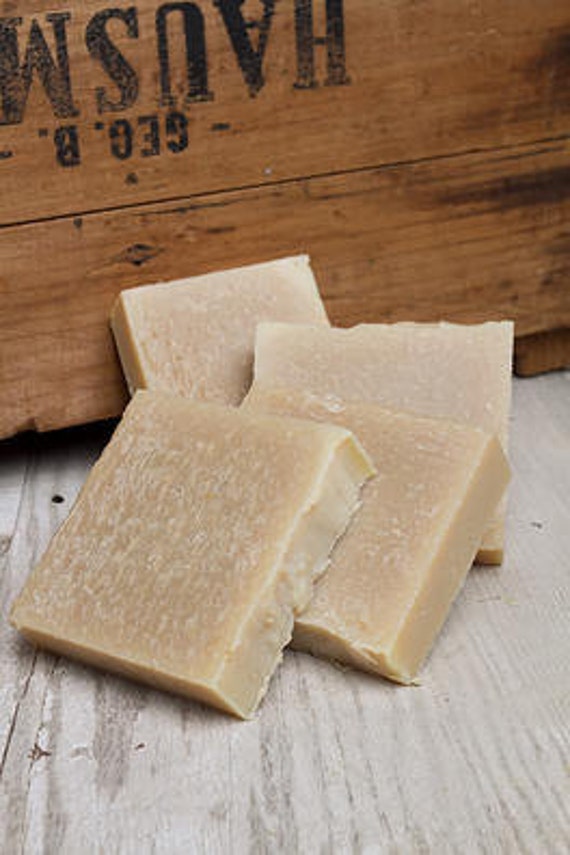
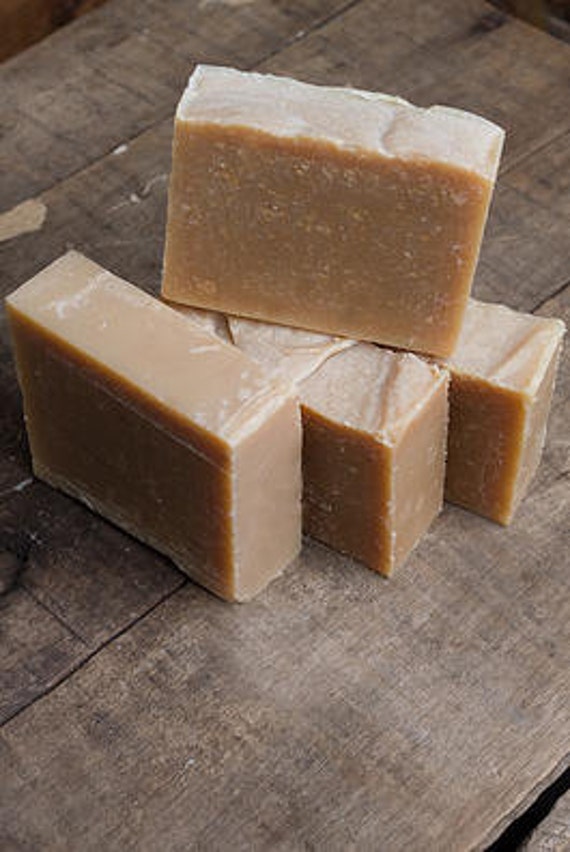 Havenly Handmade Soaps are made utilizing delicious and
beneficial honey and beeswax. All recipes contain all natural
ingredients that were hand selected by the talented Blue Haven Bee Team!
Havenly Handmade Soaps are made utilizing delicious and
beneficial honey and beeswax. All recipes contain all natural
ingredients that were hand selected by the talented Blue Haven Bee Team!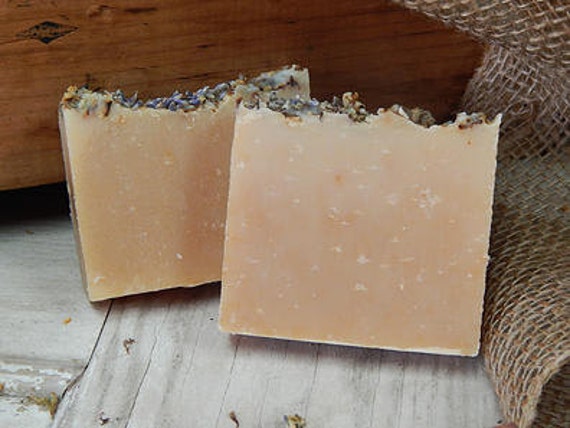
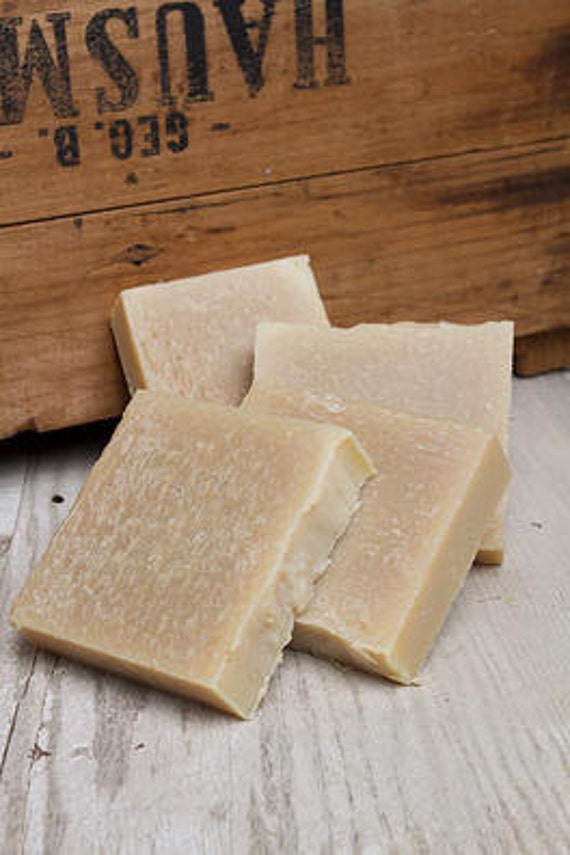


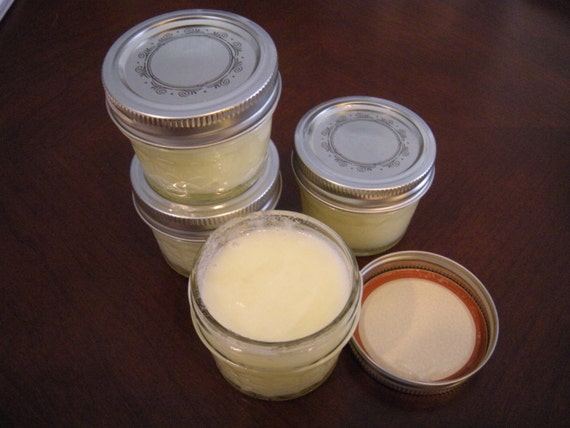 Working in the dirt? We have sugar to get the grit and liquid soap to wash it away. A little dab will do you.
Working in the dirt? We have sugar to get the grit and liquid soap to wash it away. A little dab will do you.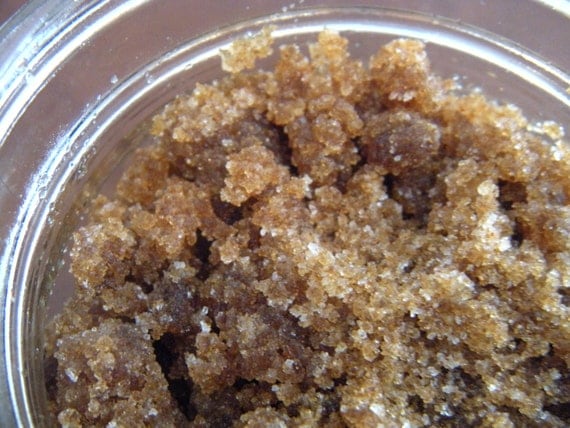
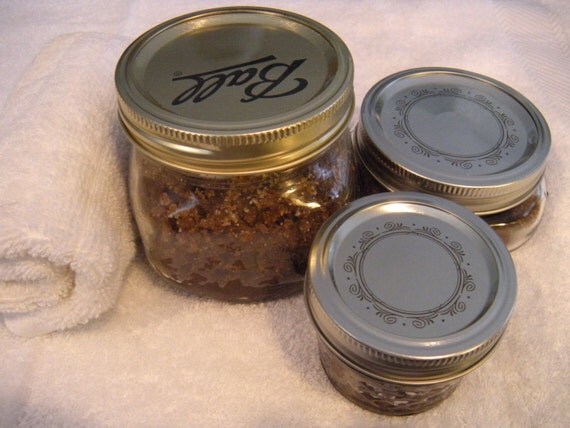
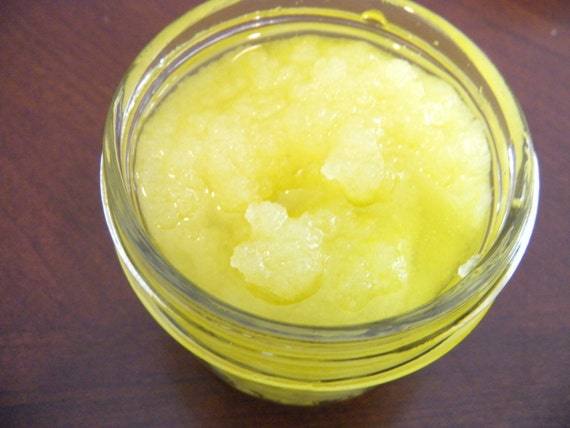 A
terrific Hand & Foot Scrub by Jessiepearl. The skin loving oils in
this scrub will help to leave you soft, smooth & moisturized.
A
terrific Hand & Foot Scrub by Jessiepearl. The skin loving oils in
this scrub will help to leave you soft, smooth & moisturized. 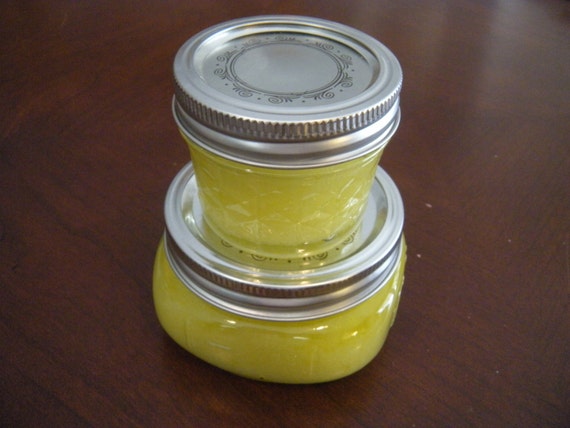 .
.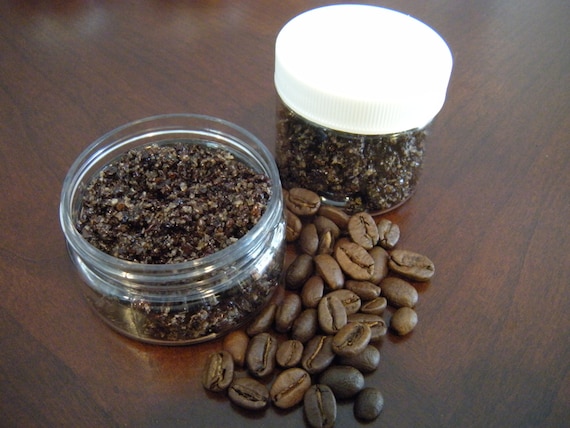
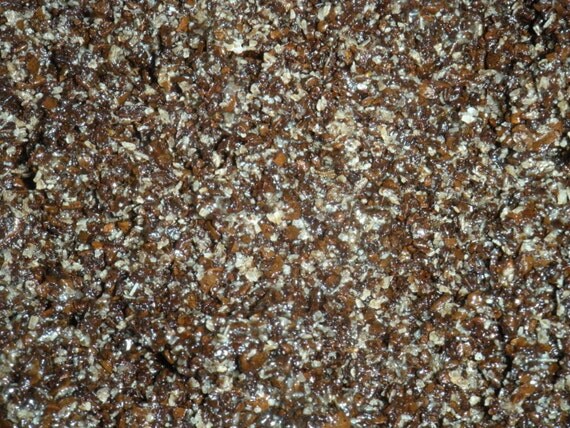

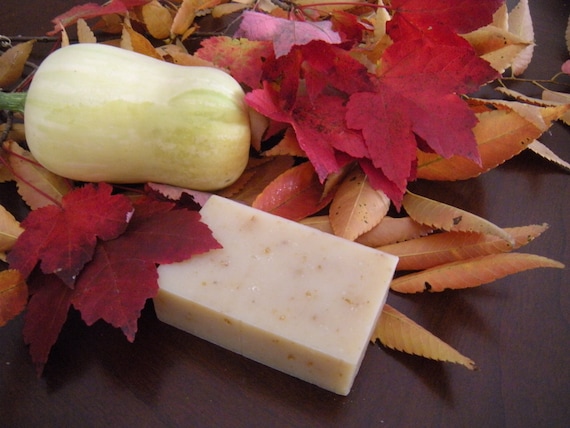 So I
went looking for some evidence that bar soap is this vector of
contagion. I found several studies that show that bar soap, especially
when left to sit in a puddle of water or in a wet soap dish can harbor
colonies of bacteria. It makes sense since bacteria love to hang out in
wet places.
So I
went looking for some evidence that bar soap is this vector of
contagion. I found several studies that show that bar soap, especially
when left to sit in a puddle of water or in a wet soap dish can harbor
colonies of bacteria. It makes sense since bacteria love to hang out in
wet places.